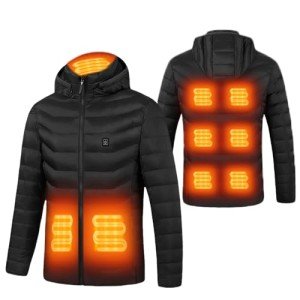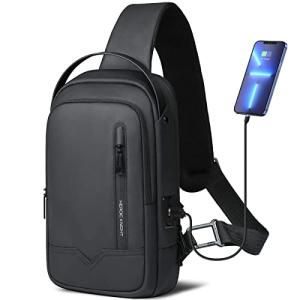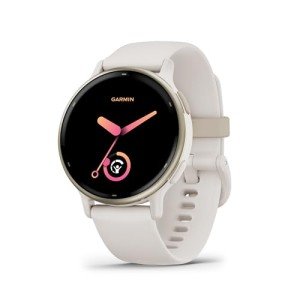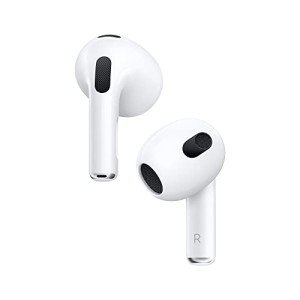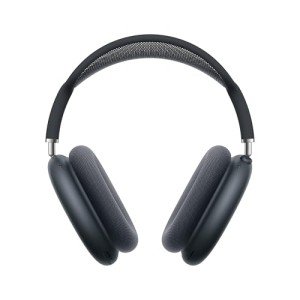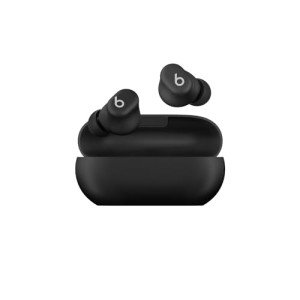The Fusion of Fashion & Technology in 2025
In 2025, the boundaries between fashion and technology are completely blurring. Men’s apparel is no longer just about aesthetics; it’s about smart functionality, health monitoring, and sustainability. From smart fabrics that adapt to environmental conditions to AI-driven design, the future of fashion is interactive, personalized, and eco-conscious. This guide explores the latest trends, questions, and innovations transforming men’s style through technology.
1. What Are the Major Trends in Fashion & Tech Integration in 2025?
- Smart Clothing & Wearables: Garments embedded with sensors for health, activity tracking, and climate adaptation.
- Innovative Fabrics: Breathable, stain-resistant, self-cleaning, and temperature-regulating textiles.
- 3D Printing & Customization: On-demand manufacturing for personalized fits and designs.
- Augmented Reality (AR) & Virtual Fitting Rooms: Try-on clothes virtually before purchase.
- AI-Driven Fashion Design: Algorithms creating personalized styles based on individual preferences.
- Sustainable Tech Fabrics: Eco-friendly innovations reducing environmental impact.
Most Common Questions:
- What is smart clothing?
Garments with embedded sensors or electronic components that monitor health, movement, or adapt to environmental changes. - Are tech-integrated clothes comfortable?
When engineered well, they are lightweight, breathable, and designed for comfort. - Will AI replace human designers?
AI is a tool for inspiration and customization, complementing human creativity rather than replacing it.
Lightweight Heated Jacket with 9 Heating Zones
Stay warm and stylish this season with our innovative heated jacket featuring nine targeted heating zones
Product information
$59.28 $50.39
Product Review Score
4.81 out of 5 stars
203 reviewsProduct links
2. How Do Smart Fabrics Enhance Men’s Style & Functionality?
- Climate Adaptation: Fabrics that regulate temperature, wick moisture, or resist stains.
- Health Monitoring: Shirts with sensors that track heart rate, posture, or detect dehydration.
- Enhanced Durability: Self-healing textiles that repair minor tears or abrasions.
- UV & Pollution Protection: Fabrics that block harmful UV rays or pollutants.
- Wireless Charging & Connectivity: Clothes with embedded tech to connect with devices or charge gadgets.
Most Common Questions:
- Are smart clothes washable?
Yes, most are designed for regular laundering, but follow manufacturer instructions. - Can I track my health with smart clothing?
Yes, many products offer real-time data on vital signs and activity levels. - Are these clothes affordable?
Prices are decreasing as technology advances, making them accessible to more consumers.
Lightweight Water-Resistant Sling Bag with USB Port
Stay organized and stylish on the go with this versatile sling bag that keeps your belongings dry and your devices charged
Product information
$27.99
Product Review Score
4.45 out of 5 stars
164 reviewsProduct links
3. How Is 3D Printing & Customization Changing Men’s Fashion?
- On-Demand & Eco-Friendly Production: Reduce waste with precise manufacturing.
- Personal Fit & Comfort: Custom-tailored garments based on body scans.
- Unique Designs: Create one-of-a-kind pieces that reflect individual style.
- Sustainable Manufacturing: Less inventory, less waste, reduced carbon footprint.
- Rapid Prototyping: Experiment with new designs quickly and affordably.
Most Common Questions:
- Can I design my own clothes?
Yes, many brands offer online tools for customization and 3D modeling. - Are 3D printed clothes durable?
When made from quality materials, they are durable and long-lasting. - Is 3D printing eco-friendly?
It reduces waste and overproduction, making it a greener alternative. - Some companies that are already operating in this field are; Patronace, Vollebak, Under Armour, Samsung, Tommy Hilfiger and Sensoria.
4. How Do AR & Virtual Fitting Rooms Improve Shopping Experiences?
- Try Before You Buy: Virtually try on clothes using AR apps or online platforms.
- Better Fit & Satisfaction: Reduces returns and improves confidence in purchases.
- Accessible & Convenient: Shop from anywhere, avoiding fitting room lines.
- Personalized Styling: Apps recommend outfits based on preferences and body measurements.
- Sustainable Shopping: Less waste from ill-fitting or unwanted items.
Most Common Questions:
- Are virtual try-ons accurate?
Yes, advances in AR technology now provide realistic previews. - Will I need special devices?
Most work with smartphones, tablets, or AR glasses. - Can I see how clothes look in real life?
Virtual try-ons are improving, but physical inspection remains ideal for some items. - Check out - Your Fit by 3D Look, Fit Analytics, Screenshot, Drapr, Zeekit and FitRoom to name just a few.
5. How Will AI & Data Personalize Men’s Fashion?
- Customized Style Suggestions: AI algorithms analyze preferences and recommend outfits.
- Size & Fit Optimization: Virtual fitting tools ensure perfect sizing.
- Trend Forecasting: AI predicts future styles based on data.
- Sustainable Design: Algorithms help create eco-friendly, desirable products.
- Shopping Simplification: Personal shopping assistants streamline choices.
Most Common Questions:
- Is my personal data secure?
Reputable brands prioritize data privacy and transparency. - Will AI replace personal stylists?
AI complements personal stylists, offering affordable, accessible options. - Can I use AI for wardrobe management?
Yes, apps can organize your clothes, suggest new outfits, and track usage.
Style Meets Innovation—The Future Is Now
In 2025, fashion and technology are inseparable, offering men smarter, more sustainable, and personalized options to express their style and enhance performance. From wearable health sensors and eco-conscious fabrics to AR try-ons and AI-driven design, the future of men’s fashion is interactive, innovative, and responsible. Embrace these advancements to stay ahead of trends, improve comfort, and reduce your environmental footprint. The future of style is here—are you ready to wear it?

